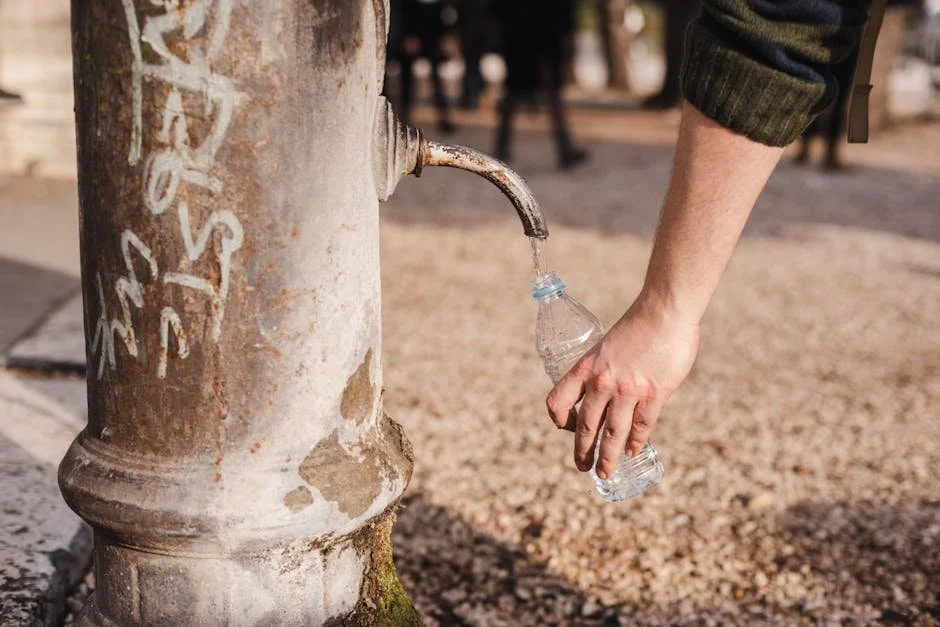How Does Water Damage Restoration Work in Illinois?
Dealing with water damage can be overwhelming, especially when it disrupts your daily life. In Illinois, where weather can be unpredictable, understanding the ins and outs of water damage restoration is crucial. This blog will guide you through the process, explaining how Illinois restoration services tackle this problem in a way that's easy to understand.
Understanding Water Damage
Water damage in Illinois can stem from several sources such as heavy rainfalls, flooding, broken pipes, or even sump pump failures. It's more than just a nuisance; it can hold potential health risks and lead to significant property loss. Immediate action is necessary to mitigate these risks.
The severity of water damage can vary greatly. It’s classified into three categories: clean water, greywater, and blackwater, each indicating the level of contamination. Recognizing the type of water damage is the first step toward effective restoration.
Initial Response and Assessment
Upon contacting Illinois restoration services, the initial response is swift. Professionals arrive to assess the extent of the damage. This critical first step involves a thorough inspection using advanced tools to determine the water's penetration depth and contamination level.
The initial assessment forms the blueprint for the restoration effort. It's during this phase that technicians devise a strategic plan of action. They'll determine whether contents can be salvaged, which structures require drying, and how to best approach the situation.
Water Removal Process
After assessment, the next priority is removing standing water. Using powerful pumps and vacuums, Illinois restoration services work quickly to remove the water. Time is of the essence here; the quicker water is removed, the lower the risk of further damage and mold growth.
Drying and Dehumidification
With the water removed, drying out the affected area becomes the focus. This process involves specialized equipment such as air movers and dehumidifiers to eliminate any remaining moisture. Ensuring the area is thoroughly dry is essential for preventing mold and mildew.
Cleaning and Sanitizing
Following the drying process, cleaning and sanitizing the area is paramount. Water damage can leave behind contaminants that pose health risks. Illinois restoration services use various techniques to clean, sanitize, and deodorize the space, ensuring it's safe for occupants.
Restoration and Repair
The final step in water damage restoration is repairing and restoring the property to its pre-damage state. This can range from minor repairs, such as painting and carpet cleaning, to major reconstruction of entire rooms or areas. Professional teams work meticulously to bring your property back to life.
Preventing Future Water Damage
Preventative measures are crucial in avoiding future water damage. Illinois restoration services often provide recommendations such as proper maintenance of pipes and plumbing, installation of water detection systems, and ensuring good drainage around the property.
Wrapping Up Water Damage Restoration in Illinois
Navigating the aftermath of water damage in your home or business doesn't have to be a daunting task. With the help of professional Illinois restoration services, you can have your space back to its pre-damage condition in no time. Remember, the key to successful water damage restoration lies in quick response and expert handling. If you ever find yourself in such a situation, now you know exactly what to expect and whom to call.

